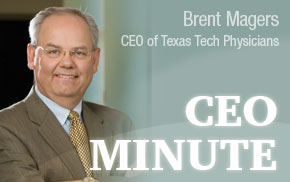 One of the health care magazines I read reminded me of a 1996 episode of “Seinfeld”
where Elaine Benes is dealing with the issue of being labeled a difficult patient.
It came about this way… while waiting on her doctor, she sneaks a peek at her medical
chart and discovers that she is described as “difficult” in her record! She doesn’t
take this well. Her feelings are not helped any later when she learns the difficult
label is being passed from one physician to the next via her patient record.
One of the health care magazines I read reminded me of a 1996 episode of “Seinfeld”
where Elaine Benes is dealing with the issue of being labeled a difficult patient.
It came about this way… while waiting on her doctor, she sneaks a peek at her medical
chart and discovers that she is described as “difficult” in her record! She doesn’t
take this well. Her feelings are not helped any later when she learns the difficult
label is being passed from one physician to the next via her patient record.I started thinking about this in the context of our electronic health record (EHR). Texas Tech Physicians is seeing an increasing number of patients ask for access to their health records (which is their right) and we are one step closer to rolling out our long awaited patient portal (a CMS requirement to achieve meaningful use). Most providers and other professionals are well aware of the critical nature of the medical record and have been for years; but, it is good to remind ourselves to be sensitive to a patient’s feelings and that documentation may well be viewed by the patient. We should be concerned about the emotional factors involved when patients read their records and consider, for example, how we would handle discrepancies between verbal communication and written documentation. Things to think about. (By the way, I think much good can come out of greater transparency over the long term.)
A person once told me (probably a risk manager) to never write anything that I did not want to see later blown up on a full-size screen by a plaintiff’s attorney in a courtroom. That person was being a bit melodramatic, but he or she did have a point, and that is we are accountable for what we say and write. With patients having easier access to their records and with the ease of looking at an electronic version… where will all of this end? How many Elaines will question what we write about them?
We should not see this as a reason to stifle frank communication and record it in the EHR, but it does need to be a factor when entries are made. Someone explained it to me this way… the old medical record pretty much belonged to us and it was placed on our shelf and we controlled access to it. The new EHR, in its digital form, can be accessed by any number of people (let’s assume all with a legitimate need to know) and entries can be made by any number of people. That record is no longer ours—it is really the patient’s. It is in the cyber world for many to utilize, including, and especially, the patient.
